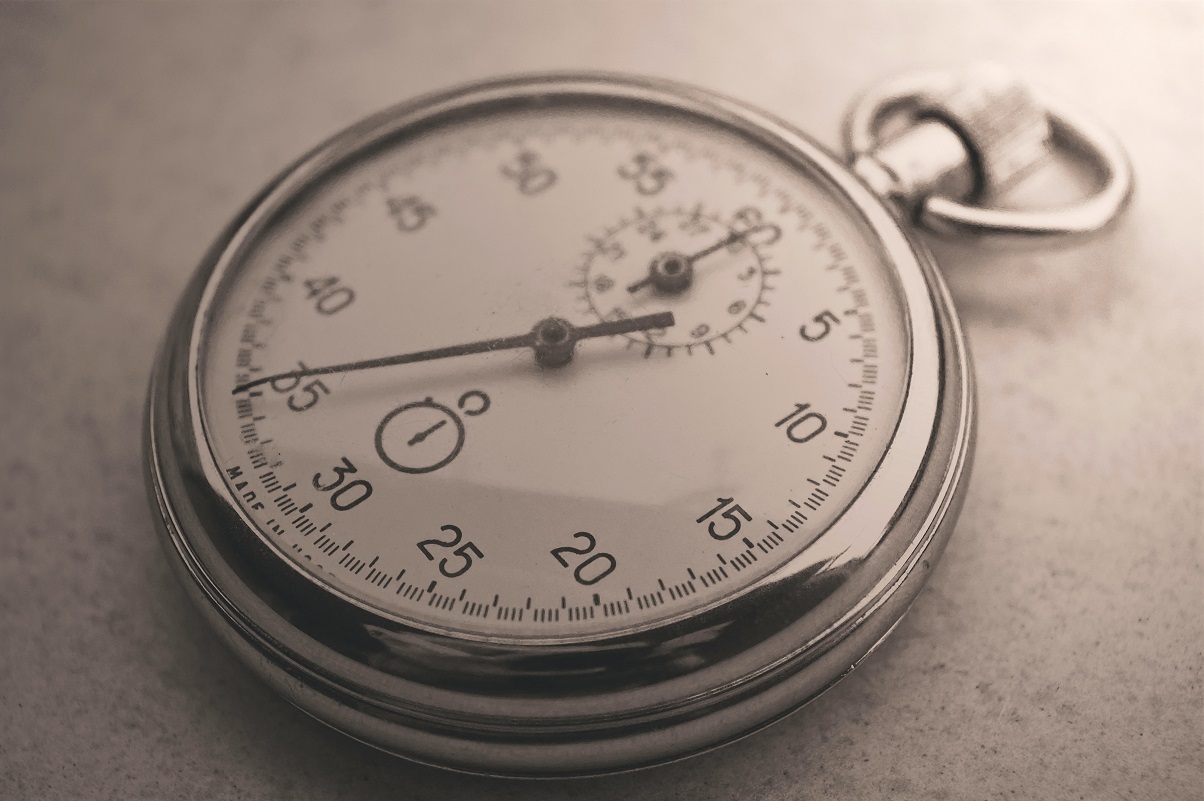What does the time on the page tell you within Google Analytics
Within Google Analytics, there are a number of statistics that are very important for measuring the success of your website. The number of visitors, where they came from today, and how long they stay on the page with what action. In this article, we'll focus on what time on page can mean. Let's get started!
With a website you can have a lot of different goals, you can use it to try to attract more visitors to your physical store. Advertising on the internet, or simply entertaining with a blog or entertainment website. Options are abundant. What is important for each type of website is to see how people interact with your website. This is not only nice to see, but can also be a motivation to invest more in a website, to write more or to spend more time on making your website successful. The time a visitor is active on your page can tell you a lot.
Time on page, what is it exactly?
The time a visitor spends on your website can be viewed within Google Analytics from your hosting package. But what does time on page mean exactly? It may seem obvious, but let's clarify this. The time on page can be seen in the behavioral reports within Google Analytics. When a visitor has your website open you might think that this counts as time on page. However, there are a few snags here.
First of all, the time on the page is an average, so you can't see an individual session or user and how long they have been on the page. The time on the page also only counts if a user does not bounce. In other words, they leave your website without further action. So what the time on page can only tell you is an average look at how many people are active on your website. And where you get a rough idea about the average how a page is performing. So it's not a metric where you can look at how an individual user on your website did the session.
If you would like to see the individual session of a user then there are a number of options for this. The one we can recommend is Microsoft Clarity, see our earlier article for more information.
What can this mean?
Your overall time on the page is an average within Google Analytics and can be used for a rough measurement of the number of visitors who did not bounce and had the session open. However, this has the second matter that a tab left open also counts as session time.
So the average session time does give you a general idea of how your website pages are performing from a visitor's perspective. And it can tell you whether a percentage of your users are interacting with the website.
How can you see this in Google Analytics?
The exact report for this can be viewed at the following location within Google Analytics:

In the left menu, go to Behavior, Site Content, All Pages. Then select the time frame you want to see this for. And after this, you will see the average time in it that the users spent on your pages.
Tracking a user's timeline or behavioral flow
If you want to get a closer idea of how users then flow through within your website then you can throw in the behavioral flow metric. This is a better poll to see how users who land on certain pages then move on to your website. For example, if you have a certain landing page for a product then you may have a certain second page attached to it where you want users to proceed. This could be a registration form, or directly to the shopping cart. This is easy to keep track of in this tool and to see where your users go.
Conclusion
So the time on page metric gives you a general idea of how users on average interact with your page. If you want to see how a specific user handles the session then you need a different tool for this than Google Analytics. A combination of Microsoft Clarity and Google Analytics gives you access to all this information. And so you can use it to get the best out of an individual session. Try it now and install it within your website hosting to also be able to optimally assess your website.
